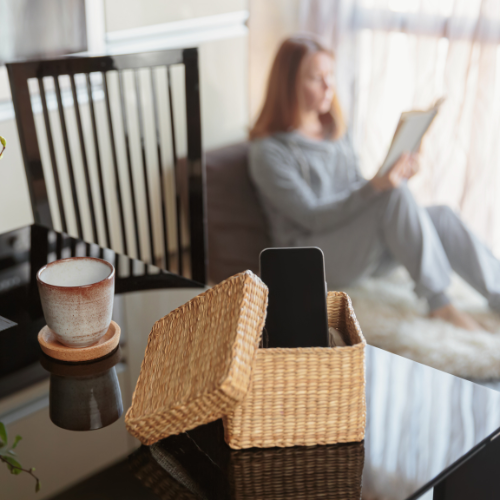
Planning a digital detox can help you regain control of your life and establish a healthier relationship with technology.
Following the smartphone revolution in the early 2010s, concerns around information overload and screen addiction had taken root. Since then, and especially during the COVID-19 pandemic, the need for people to turn off their devices and re-examine their relationship with technology has never been greater.
A digital detox is a short-term break from digital devices, like smartphones, computers, and social media, to reduce stress and reconnect with the offline world. It’s a conscious effort to unplug from constant notifications, distractions, and screen time. The goal is to improve focus, mental clarity, sleep, and overall well-being. A digital detox can last anywhere from a few hours to several days and is often customized to fit personal or professional needs.
To be clear, a digital detox isn’t about completely rejecting technology or going off the grid forever. It’s not a punishment for using your devices, nor is it meant to disrupt essential communication or work responsibilities. Rather than total disconnection, the concept focuses on creating intentional boundaries.
For example, a digital detox might mean:
- Logging off Instagram but keeping text messaging
- Turning off notifications during meals or before bed
- Using your phone only for calls and emergencies
All material copyright MediResource Inc. 1996 – 2025. Terms and conditions of use. The contents herein are for informational purposes only. Always seek the advice of your physician or other qualified health provider with any questions you may have regarding a medical condition. Source: www.medbroadcast.com/healthfeature/gethealthfeature/Digital-Detox-Unplug-to-Recharge-This-Summer